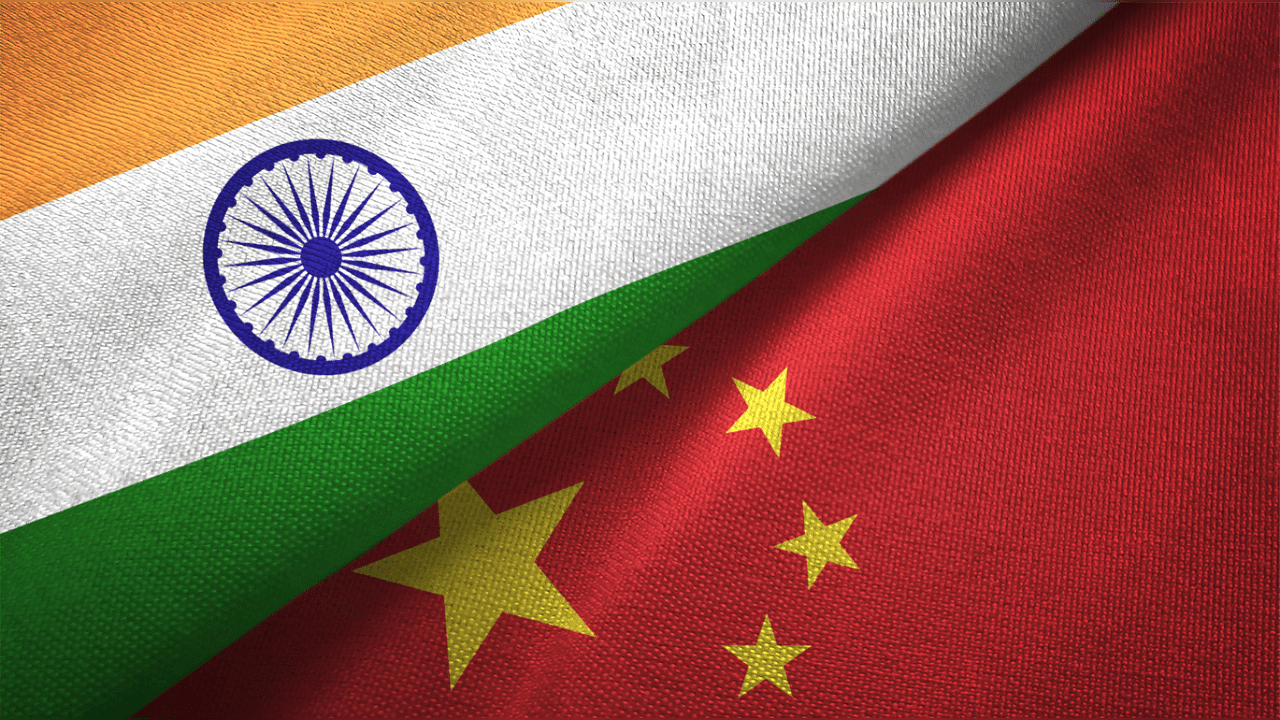
What happened in Galwan Valley on the Line of Actual Control on India-China border on June 15, 2020 in military parlance may be an issue of ‘persistent security dilemma’ existing between the two countries. On deeper analyses, however, it is the symptom of the disease and not the disease itself.
The disease is the democratic deficit of China, a regimented and totalitarian state as contrasted with India’s vibrancy of democracy. Born contemporaneously, India in August 1947 and China later in October 1949, the two became competitive models of state craft and development in the Asian firmament. China, emerging from the internecine civil war, was again caught up in the fight against the USA in the Korean Peninsula in 1950s and in the domestic strife of Rural People’s Commune and later in the ‘Great Proletarian Cultural Revolution’ from 1966-69 which convulsed China’s polity and economy. India, during this period, embarked on its democratic experimentation and consolidation.
It was only after the end of the ‘Cultural Revolution’ that China established diplomatic relation with the USA in 1972 and Deng Xioping’s ‘four modernisations’, economic reforms and liberalisation of 1978 that the Chinese economy took off in its trajectory of growth and development benefiting from Foreign Direct Investment particularly from the USA and integrating with the world market.
India’s boisterous democracy and compulsions of electoral politics, on the contrary, hinder its economic prowess and potential. India’s democracy, none the less, has a self-healing capacity to absorb and withstand a myriad of challenges. In per capita income, it is worthwhile to note that India was ahead of China in 1870s and in 1970s. Until recently, the two were in neck-to-neck competition for the tag of world’s fastest growing economy. In 2018, India was the fastest growing economy of the world.
People’s yarning
India’s recent success of vaccine diplomacy and the projection of Moody’s Analytics that Indian economy is likely to grow at 12% in 2021 is disconcerting to China. If India can achieve the same rate of growth as compared with China by following a democratic path with all its potholes, China has a problem when there is democratic yarning among the people in China. This is precisely the reason why Beijing has enforced the draconian national security law in Hong King which jettisons the ‘one country, two systems’ as envisaged in the Sino-British Joint Declaration and the Basic Law. This is also the reason as to why China is critical of Taiwanese President Tsai Ing- wen and the leader of Democratic Progressive Party of Taiwan.
The contestation between two competitive models of India and China is getting more exacerbated with India’s economic rise, which of course suffered due to the Covid-19 pandemic but has all the potentials to bounce back sooner than later with government’s dynamic initiatives and resolve to recalibrate the economic parameters. China has prided in its economic achievement being the second largest economy of the world following a totalitarian and repressive regime. Having suffered indignity at the hands of the west particularly during the ‘opium war’, China is showing belligerence with veneer of arrogance. At times, it has also ridiculed and trivialised India’s democracy. The Global Times, the mouthpiece of Communist China, has derided and mocked at India’s democracy from time to time.
True, China is a multi-trillion economy, five times higher of India’s economy. But China suffers from a congenital complexity of democratic deficit in relations to India and this is more so when there is a suppressed desire among a substantial chunk of Chinese population for democracy and freedom. The Tiananmen Square incident of 1989 was only the tip of the iceberg. There is a pent-up aspiration for freedom. True, China has uplifted a substantial chunk of its population out of poverty and has afforded them a better quality of life; but then man doesn’t live by bread alone. Fulfilment basic necessities of life are fine, but once it is met and even if it is not met, every individual is a freedom loving person.
India-China relationship has always been complex and a contrived one. The kind of bizarre incident of June 15 was only waiting to have happened. It was the outburst and outpouring of China’s animus against India. India’s rise as a democratic country is something that China cannot digest. The chances of India picking up the momentum of earlier growth rate may not be possible in the immediate future, but is a possibility the medium-term future.
Howsoever Beijing may try to paper over the injury and the wound inflicted on India in which China also suffered casualties, the fact remains India-China relations cannot be the same again. As neighbours, the two countries need to realistically reassess and recalibrate the relationship between the two countries shorn off rhetoric and clichés. India has realised that China only respects raw military power and strategic heft.
(The writer, a Delhi-based China scholar, is Senior Fellow, Indian Council of Social Science Research, Indian Institute of Public Administration)